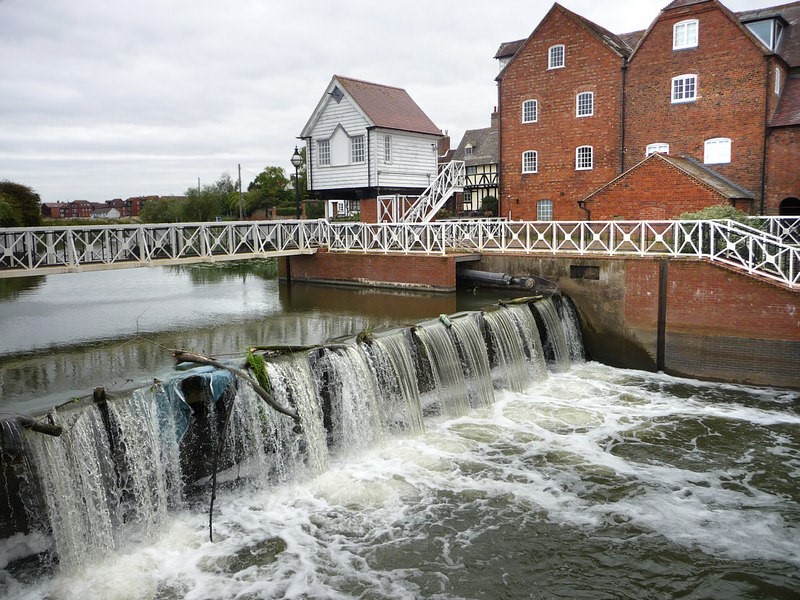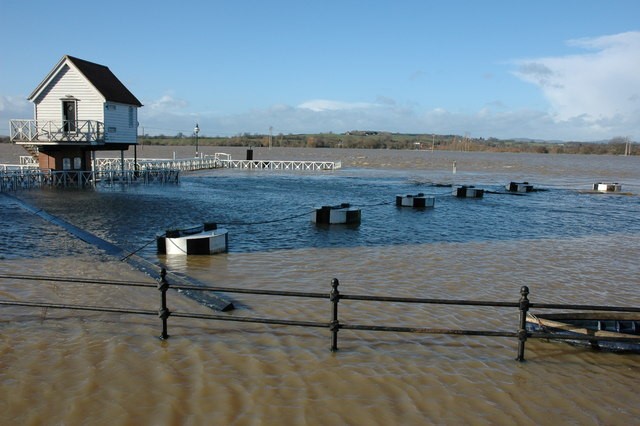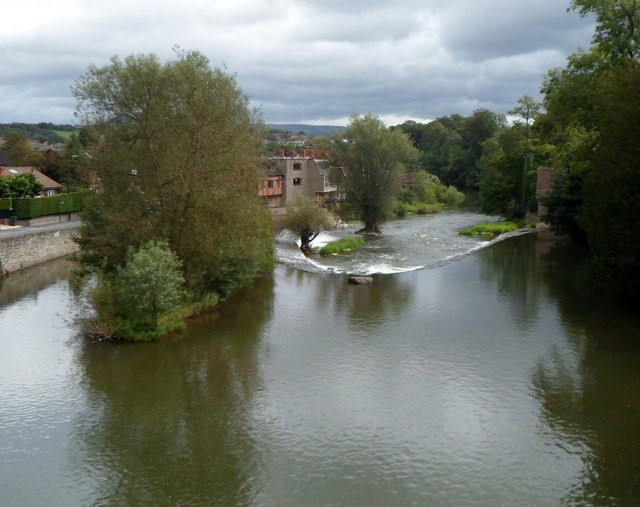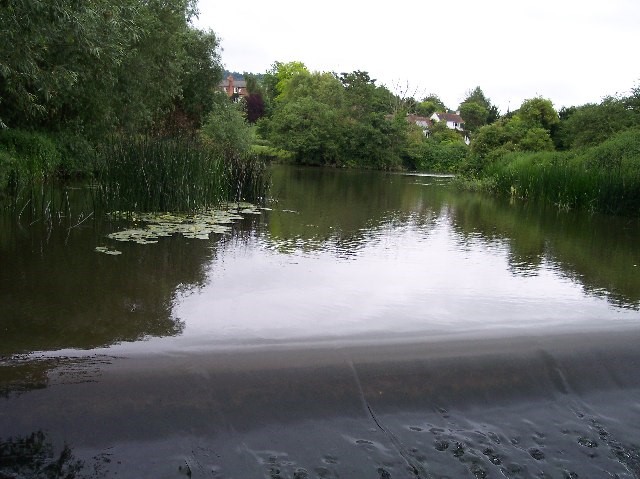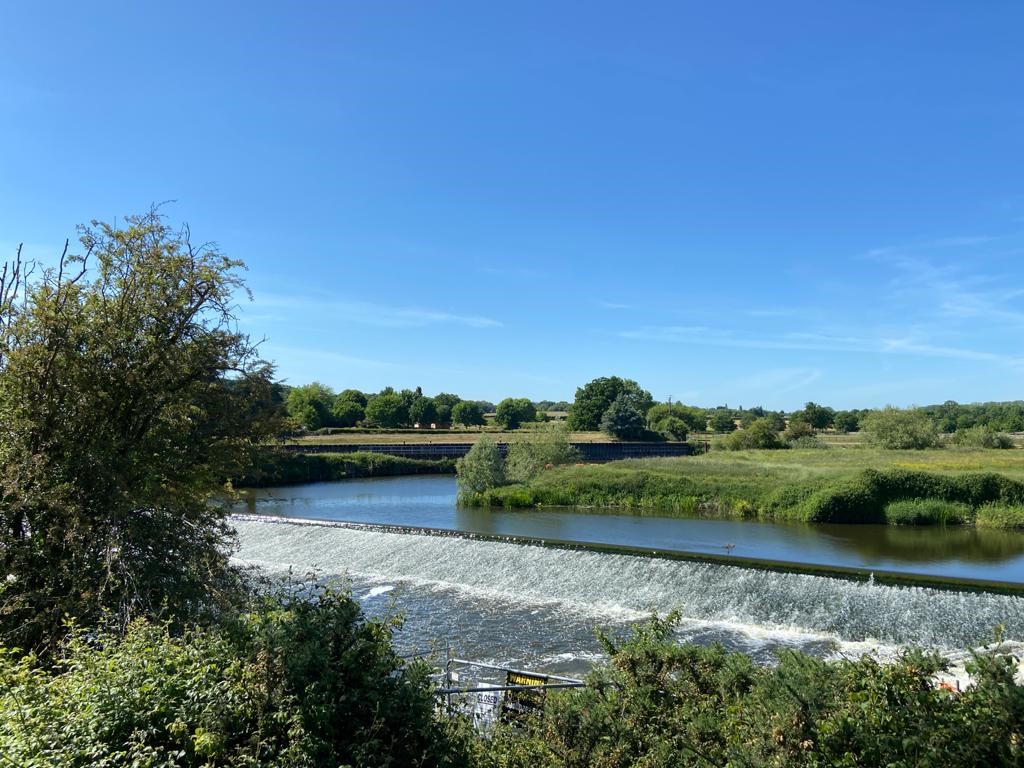To help keep you inspired and engaged, our Living Well Team created a variety of themed activities and helpful resources.

The theme for this set of resources is local heritage.
You can use the links below to quickly jump to different sections of this resource page. Use them to navigate to the content you’d most like to access.
We hope you enjoy the content, are inspired to get creative and active too. We would love to hear from you, so please let us know how you get on with the resources. Email your feedback and pictures to us.
Delve into history of local landmarks
- From Worcester to Kidderminster, Bridgnorth, to Evesham, read through some fascinating snippets of local history by following this link.
- View a presentation on Hidcote National Trust gardens, near Chipping Campden, and enjoy some wonderful images of its grounds. Take a whistle-stop tour of other National Trust properties in the area too. Learn about the National Trust’s Heritage Open Days scheme, running from 11th to 20th September, on its website.
- Read about the Drakelow Tunnels, dug 150ft into the Bunter sandstone hill at Drakelow near Wolverley, in 1941.
- Learn about the long, varied history of Worcester’s Commandery building, and read a piece from volunteer Marilyn about her experience visiting its museum.
Gheluvelt Park and The Pump House Environment Centre
Gheluvelt Park opened in 1922. The park commemorates the role of the Worcestershire 2nd Battalion in the Battle of Gheluvelt during World War One. The Battle of Gheluvelt took place in 1914, near Ypres in Belgium.
Follow this link to read more about the Battle of Gheluvelt, and the vital role played by the 2nd Battalion.
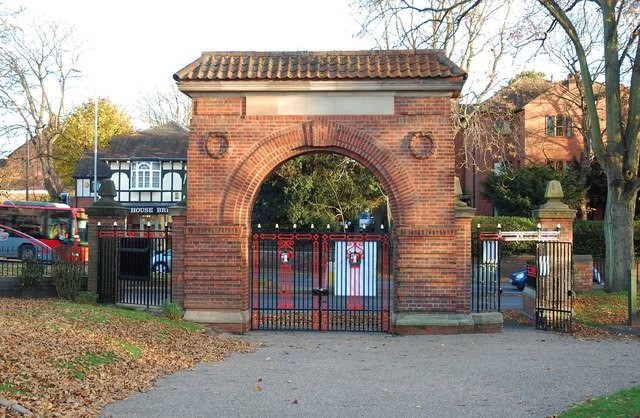
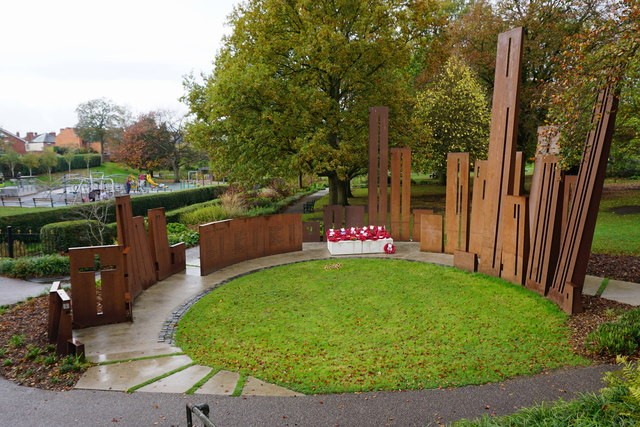
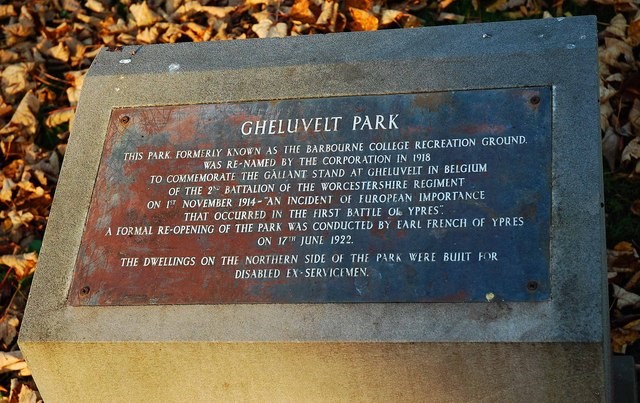
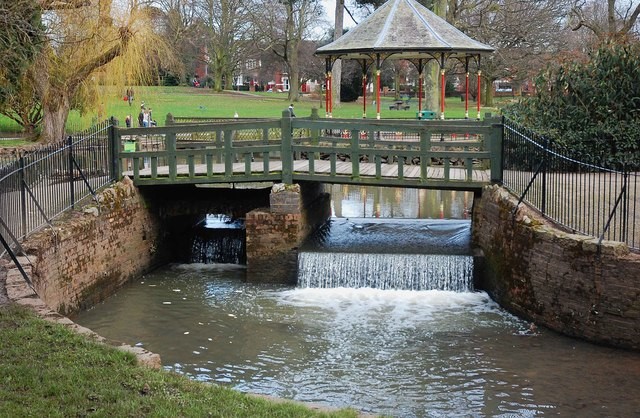
The Pump House is on Waterworks Road, Worcester, next to Gheluvelt Park.
It was a crucial part of the city’s waterworks, providing clean drinking water.
It is now an environmental centre, cafe and shop. Find out more on The Pump House Environment Centre website, or in this informative article.
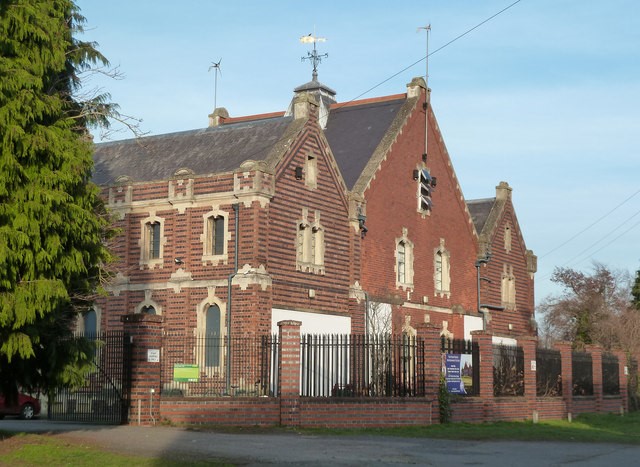
Café on Worcestershire Beacon, Malvern
- For many years, there was a cafe near of summit of the Worcestershire Beacon, on the Malvern Hills. The cafe was destroyed by fire in 1989. See a photo of the cafe, taken in 1963, and read a little more about its history: www.flickr.com/photos/14463685@N07/5836984875
Historic wells
- Find out about St Ann’s Well, Malvern, which is thought to date back to the 11th Century: stannswell.co.uk
- Did you know Holy Well, found on the slopes of the Malvern Hills, is thought to be the oldest bottling plant in the world? Read more: en.wikipedia.org/wiki/Holy_Well,_Malvern
- Learn about the historic tradition of well dressing which takes place across Malvern each May Day: www.malvernwells-pc.gov.uk/wells-of-malvern-wells/51-well-dressing
How Charles II escaped from Worcester
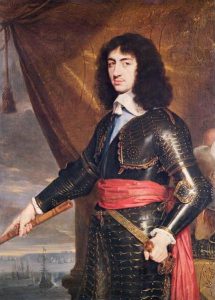
Step back in time to relive Charles II’s escape from the city following the Battle of Worcester in 1651. As Cromwell’s Parliamentary forces arrived, Charles fled through the back doors of his lodgings and left the city by St Martin’s Gate. Read more here.
Did you know the King Charles pub in New Street housed the fugitive king’s lodgings before his escape? Follow this link to learn more about the pub.
- Read a piece by volunteer Barbara on the many ways Worcester is famed around the world.
Challenge yourself with our quiz!
See if you can find local place names hidden in sentences in our quiz! Each sentence contains the name of a local town or village. The letters are in their correct sequence, but are split between two or more words – making them tricky to spot!
For example: “Ice cubes for drinks can be obtained from the bar”. The hidden place name is Besford. See how many you can find!
Did you know…?
A £20 million Environment Agency scheme in Worcestershire is aiming to reopen around 150 miles of the river Severn, making it easier for endangered fish to reach their spawning grounds. Many fish were affected when weirs were installed which hampered their passage to migration spawning areas.
Four fish passes will be installed, allowing fish to travel past the current blockages. The project also involves the building of a fish viewing gallery at Diglis Weir in Worcester.
It is hoped the project will support the survival of locally-threatened twaite and allis shad, which hundreds of years ago were a staple food in the court of Henry III.
See below some more photographs of weirs in the local area.
The Malvern Hills, a poem by Marguerite Radclyffe Hall
Read an excerpt of this evocative poem which celebrates the beauty of the Malvern Hills. Follow this link for the full piece.
The Malvern Hills be green some days
And some days purple-blue,
There never was the like of them
The whole of England through.
From Hanley straight into the Wells
The road runs long and white
And there the hills they meet your gaze
Against the evening light.
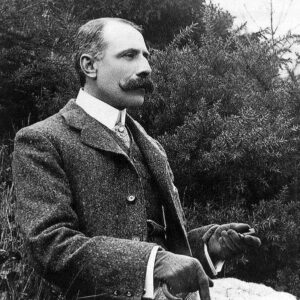
Our county’s Elgar connection
Sir Edward Elgar is famed as one of the great English composers, and his work was often inspired by the landscape around the Malverns. Travel The Elgar Route and discover some of the beautiful landscape and local heritage of Worcestershire. Find out more: www.visitthemalverns.org/things-to-do/leisure-drives/elgar-route
Learn about the houses lived in by Elgar with this fascinating article on the National Trust’s website: www.nationaltrust.org.uk/the-firs/features/the-houses-of-edward-elgar
Links to further reading
- Take a look at our book recommendations, all on a local heritage theme. Do you have any suggestions to add? Let us know!
- Try this recipe for the delicious-sounding Malvern pudding
- And learn all about our county’s famous sauce by following this link.

